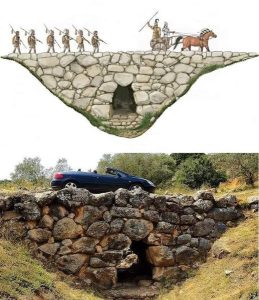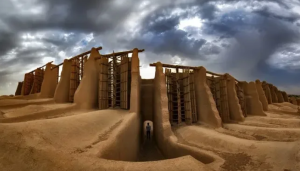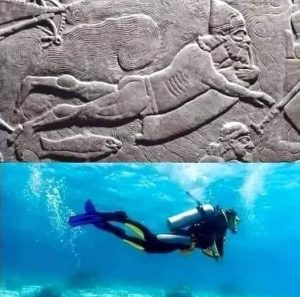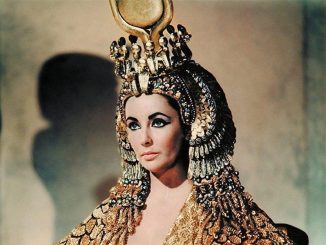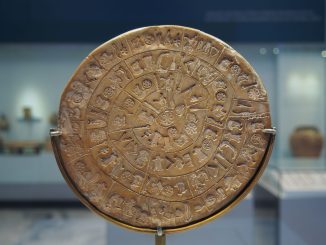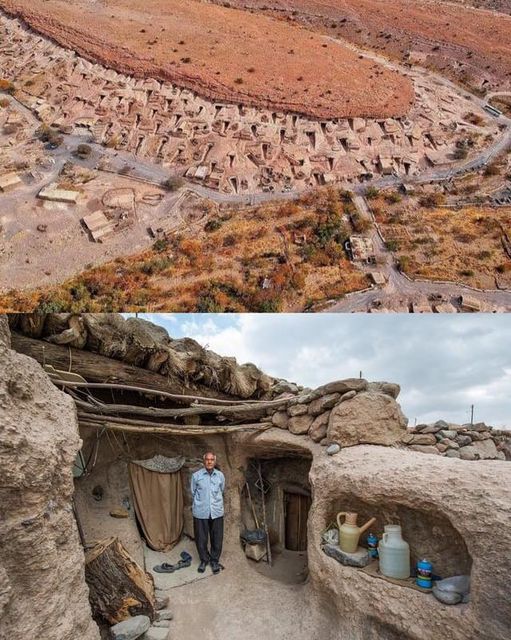
Nestled within the rugged landscapes of Iran lies the ancient village of Meymand, a testament to human resilience and ingenuity dating back millennia. Believed to be one of the oldest human settlements in the Iranian Plateau, Meymand boasts a rich history spanning over 12,000 years. Home to approximately 350 hand-dug houses carved into the rocky terrain, some of which have been continuously inhabited for over 3,000 years, Meymand offers a fascinating glimpse into the lives of its resilient inhabitants and the enduring legacy of ancient civilizations in the region.
Uncovering the Secrets of Meymand’s Hand-Dug Houses
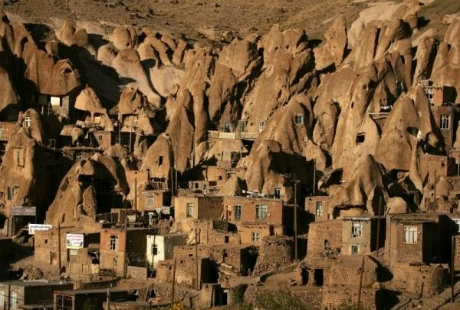
The hand-dug houses of Meymand stand as a testament to the resourcefulness and adaptability of its inhabitants throughout the ages. Carved directly into the rocky cliffs, these dwellings provide shelter from the elements while blending harmoniously with the natural landscape. Dating back thousands of years, these ancient homes offer valuable insights into the architectural techniques and lifestyle of past generations. Despite the passage of time, many of these houses remain remarkably well-preserved, serving as a living link to Meymand’s storied past.
Preserving the Cultural Heritage of Meymand
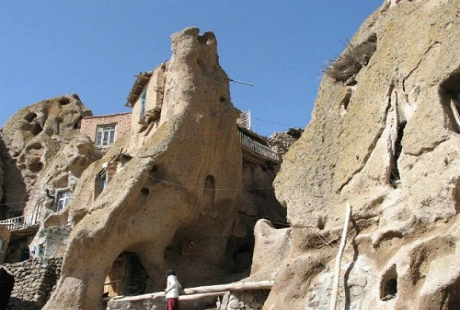
As one of the oldest continuously inhabited villages in Iran, Meymand holds immense cultural significance for the region and the world at large. The unique architectural style of its hand-dug houses, combined with its rich history and archaeological importance, make Meymand a site of great value and interest to researchers, historians, and tourists alike. Efforts to preserve and protect Meymand’s cultural heritage are essential to ensuring that future generations can continue to learn from and appreciate the legacy of this ancient village.
Reflecting on Meymand’s Legacy and Future
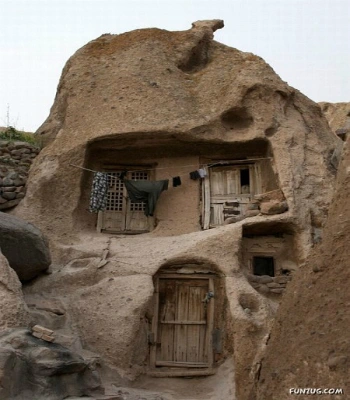
Meymand’s enduring legacy serves as a poignant reminder of the resilience and ingenuity of human civilization in the face of adversity. From its humble beginnings as a primary human residence over 12,000 years ago to its continued existence as a vibrant community today, Meymand stands as a testament to the enduring spirit of its inhabitants. As we reflect on Meymand’s rich history and cultural significance, we are reminded of the importance of preserving and celebrating the heritage of ancient civilizations for generations to come.
Conclusion: Embracing the Rich Tapestry of Iran’s Ancient Villages

In the heart of Iran’s rugged landscapes lies Meymand, a timeless village steeped in history and tradition. From its ancient hand-dug houses to its vibrant community of residents, Meymand offers a window into the past and a glimpse of the future. As we marvel at the architectural marvels and archaeological wonders of Meymand, let us also reflect on the broader significance of Iran’s ancient villages in shaping our understanding of human history and culture. Through continued exploration and preservation efforts, we can ensure that the legacy of Meymand and other ancient villages in Iran continues to inspire and educate for generations to come.
Archaeological Insights: Unveiling the Mysteries of Meymand
Archaeologists play a crucial role in uncovering the secrets of Meymand and other ancient villages in Iran. Through meticulous excavation and research, they piece together the puzzle of the past, shedding light on the lives and customs of ancient civilizations. As we continue to explore and study sites like Meymand, archaeologists contribute valuable insights into the cultural heritage of Iran and the broader region, enriching our understanding of human history and shaping our collective identity.
